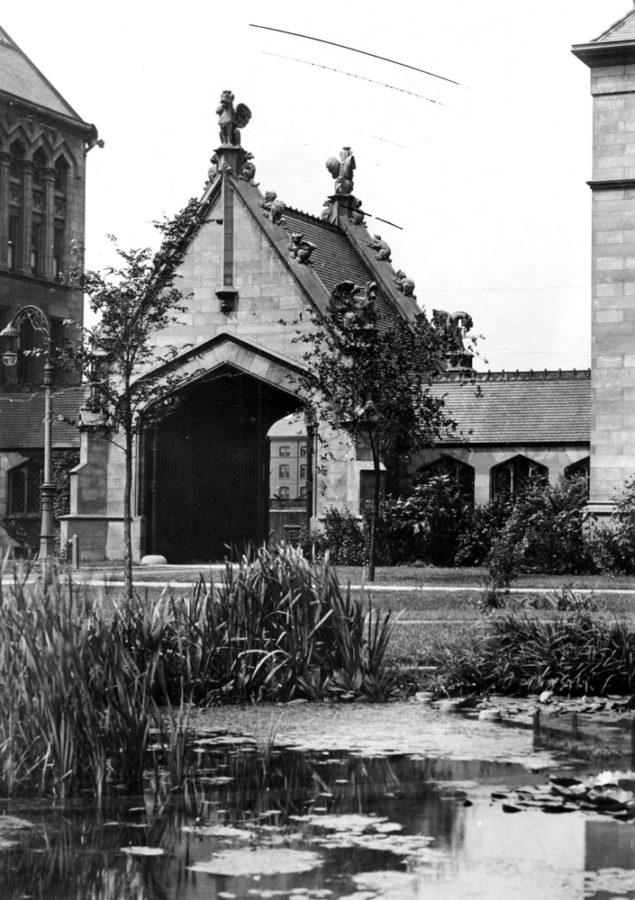“If we die, we want people to accept it. We’re in a risky business, and we hope that if anything happens to us it will not delay the program. The conquest of space is worth the risk of life.”
When astronaut Gus Grissom made this remark more than 30 years ago, he had no idea how prophetic it was. Shortly afterwards, he died in Apollo 1 along with two fellow astronauts. That disaster came within a hair’s breath of killing the Apollo Program.
Throughout its existence, NASA has repeatedly had to deal with public apathy towards space flight, as well as a cynical Congress eager to fund lucrative installations in various members’ districts, but reluctant to support actual space exploration. However, it is how NASA deals with the loss of human life that reminds us exactly what the Agency’s missions are: exploration and colonization. We all know that space travel is inherently dangerous. The question is: Is what NASA doing worth the loss of human life? That was posed to the Agency after the Apollo 1 fire by then-Senator Walter Mondale who said that going to the moon was important, but that safety should always be the ultimate consideration whenever NASA does something. “Safe” doesn’t exactly capture the essence of strapping a group of astronauts to what is essentially a flying fuel tank and starting a combustion reaction. Sending men 385,000 kilometers away to the moon with no backups in case anything went seriously wrong is not “safe.”
So ultimately, the question isn’t about safety but about the mission. The greatest tragedy was not the accident itself, heartbreaking though it was. The greatest tragedy was what these astronauts died for.
On STS-107, the crew of the Columbia performed over eighty experiments, including the following: physiological changes in the human body as a result of zero gravity (then why do we have a space station?), the compression of granular materials used in terrestrial construction, the effects of zero gravity on cancer research, the effects of zero gravity on spiders, silkworms, fish, bees, and ants (they float).
Was this worth the lives of seven astronauts?
If you don’t think so, you’ve stumbled onto the core problem with the space shuttle program–finding something for it to do.
The space shuttle was designed in the 1970’s as a reusable “space truck” to carry payloads for a space station. Unfortunately, the one space station we had–Skylab–was abandoned by 1979, two years before the first space shuttle mission.
Always adaptable, NASA changed course and designated the shuttle as a satellite-launching vehicle. However, the Challenger disaster and the subsequent development of cheaper unmanned rockets for putting satellites into orbit once again made the shuttle irrelevant. With the exception of the launching and subsequent repair of the Hubble Space Telescope, the shuttle program was irrelevant again until construction began on the International Space Station (ISS).
Operating a permanent manned structure in orbit is the next logical step before building a Moon base or going to Mars, so the ISS has some purpose. The shuttle program, on the other hand, is essentially a failure. It has cost about $35 billion to date, compared to $19 billion for the entire Apollo program. It siphons off funding from developing a new generation of shuttles (though it was upgraded several times, the Columbia was essentially a piece of 1970’s technology). Worst of all, it keeps NASA tethered to the Earth and dissuades the Agency from planning more ambitious missions to the Moon or to Mars.
To fix this problem will not just be NASA’s responsibility. Congress also bears some of the blame. It was a reduction in congressional funding for a second generation of shuttles that prompted NASA to keep upgrading its existing fleet. Ironically, the construction of the ISS has proven the folly of using the shuttle as a space truck. The ISS can be resupplied by much cheaper disposable rockets, and its crew can transfer to and from terra firma via the more reliable Russian rockets (a term I thought I’d never use). In fact, the only thing keeping the shuttle flying is the reluctance to retire something we’ve spent so much money on.
While I mourn for the brave crew of the Columbia, who gave their lives to conquer the great unknown, I also mourn for the space program itself. It’s been over thirty years since men walked on the Moon. While we’ve sent probes out to the farthest reaches of the solar system and beyond, man remains trapped in low Earth orbit. We need to change that. We need to use this disaster to reset our priorities, drop the science, and focus on putting men farther and farther away from the Earth.







